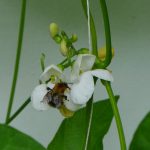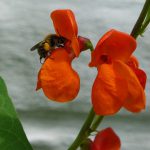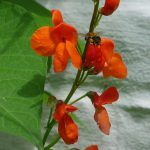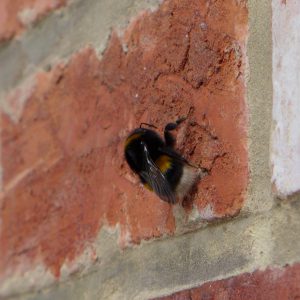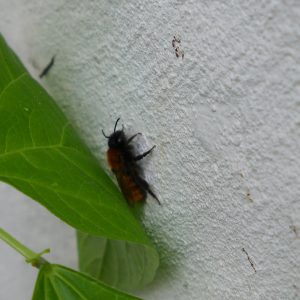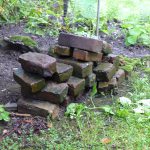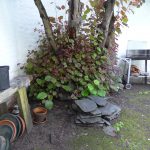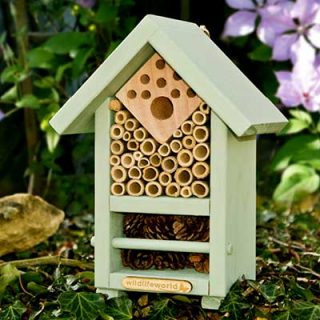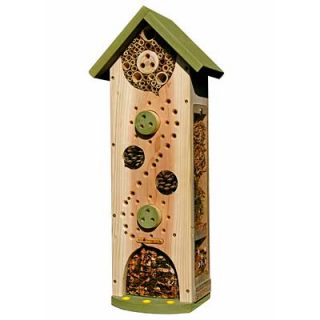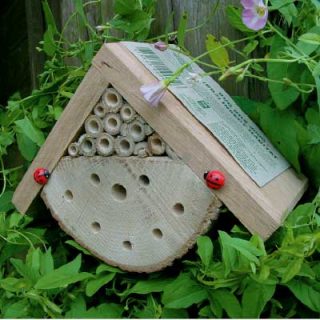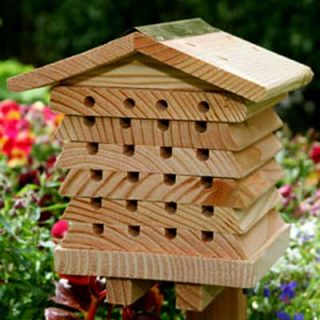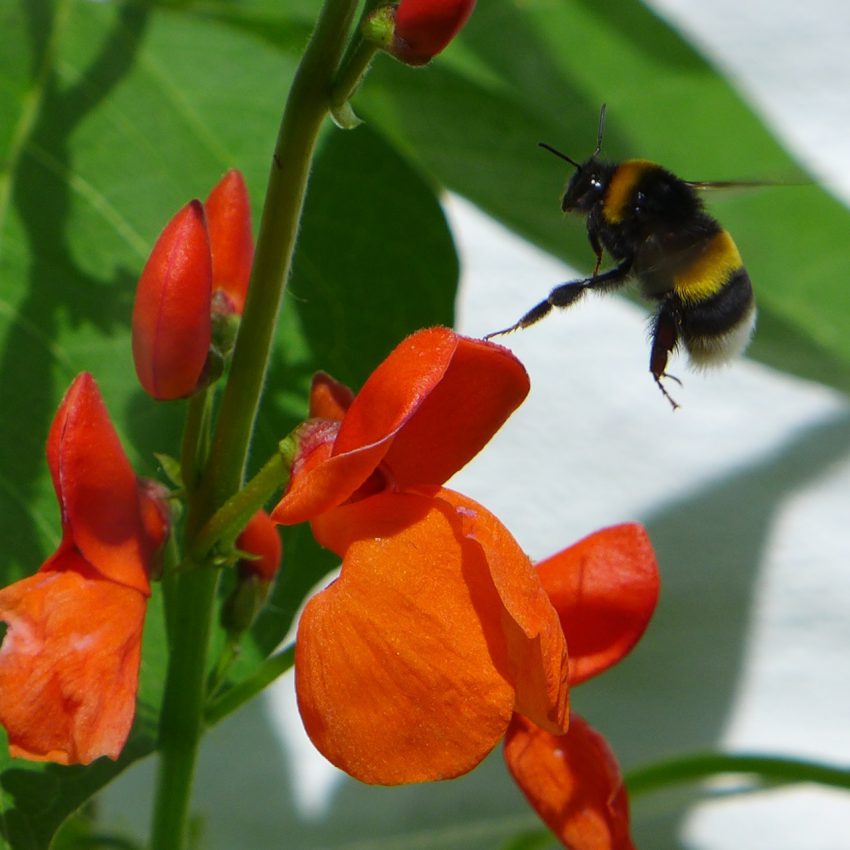
There is nothing nicer than to have the first bean flowers appear and the garden to suddenly become alive with foraging bees. Spring time is when bees emerge from hibernation and set about feeding themselves up and preparing to nest. It is the most crucial time in the bees life cycle.
A vegetable garden provides an excellent foraging range for all sorts of bees from around a large area. The early flowering plants such as beans and tomatoes provide the bees with an ongoing source of food into the summer months when other plants come into flower.
Bees can be divided into honey bees that live in hives and wild bees or solitary bees that live in gardens and un-disturbed natural areas. The wild bees are the main pollinators, often overlooked, and live their lives quietly in our gardens quite harmlessly.
These wild bees, or solitary bees live in small groups around one queen and quite often with several small groups in close proximity to each other. They build small nests in long grass or holes in the ground, or in trees, piles of brick or wood or other garden debris.
In recent years, as the crisis in falling bee numbers has become more noticeable, people have been encouraged to provide bee shelters in gardens to help preserve numbers. It is an important aspect of gardening to support these endangered species that are vital to our gardens.
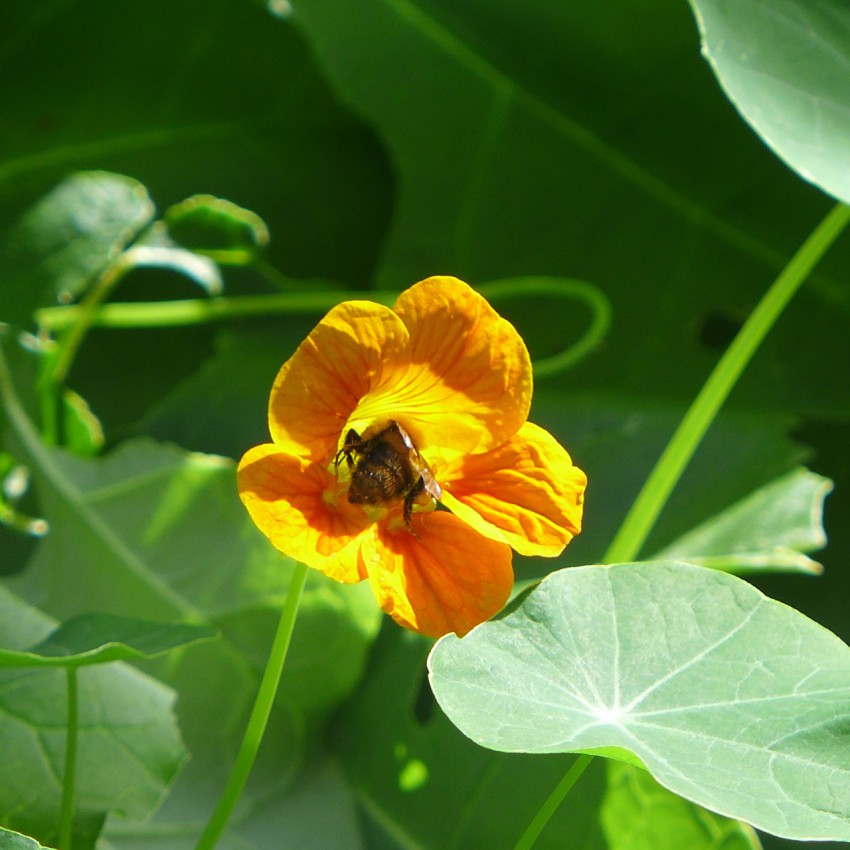
The recent weeks of torrential rain have been a disaster for local bees. Bees cannot forage in rain or when the plants are soaking wet. There is very little people can do to help in this situation except try and provide as many pollen rich species of flowers and plants for bees in the garden.
